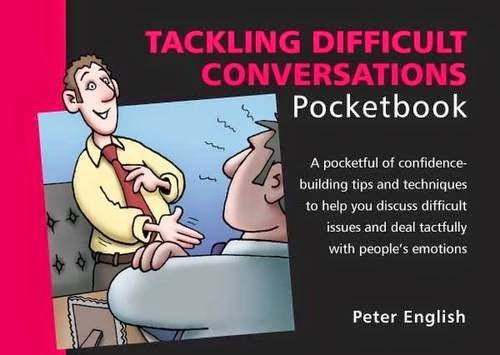We're all primates.
Many of our day-to-day behaviours have been hard-wired into us over thousands of years of evolution. Our ancestors survived by being excellent threat-detectors (it was important to decide quickly whether an animal or situation was safe) and by being good at sucking up to the leader of the pack, to put it bluntly. According to the evolutionary psychologists, being friendly with the alpha male or female enhanced your survival prospects .
So, we've evolved to be vigilant and status-conscious. Apparently when we meet someone, the first thing we unconsciously assess is their level of status - do I need to be wary of this person? Do I need to keep on the right side of them?
And other primates are sniffing you, picking up cues as to how powerful you are, how much respect they need to give you.
 |
If you want to master this game, it helps to know what kind of monkey you are dealing with. Let's consider the Chimpanzee and the Bonobo.
In the wild, chimpanzees are very territorial, competitive and (particularly when threatened), ferociously aggressive. There is a strict hierarchy with a male chimp at the top.
In your organisation, you know you're dealing with a chimp when:
- you feel like they're trying to dominate (often using their tone of voice and body language), and they are inclined to displays of power and status;
- the conversations often have an argumentative tone - there's a Win/Lose feel to the interaction;
- their focus is on the task in hand, with little or no attention paid to pleasantries.
hierarchical than chimps, and tend to form matriarchal groups.
You know you're dealing with a bonobo because:
- their body language is responsive and affirming - lots of smiling and nodding;
- the conversation is friendly and relaxed;
- you get the impression that their primary focus is 'mutual stroking', with the task being secondary.
Next time: how to handle each type of monkey (and what they think of you).






